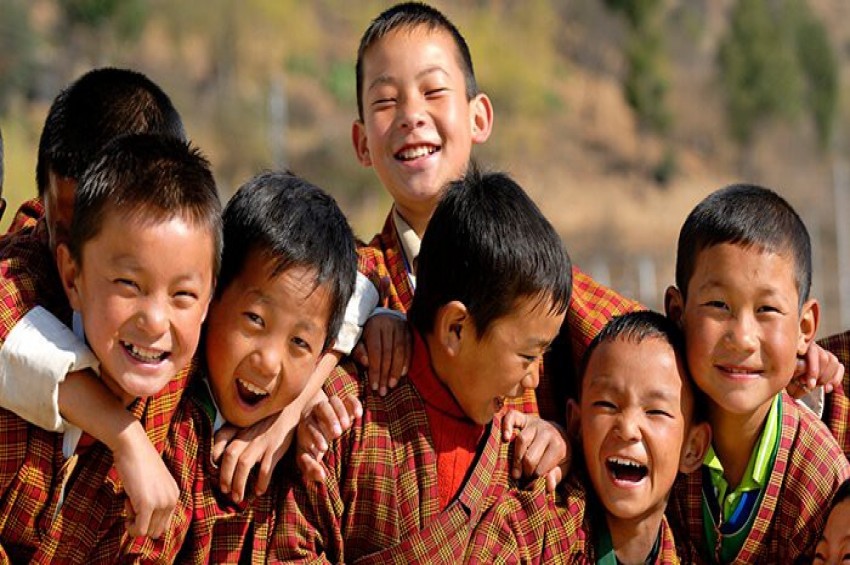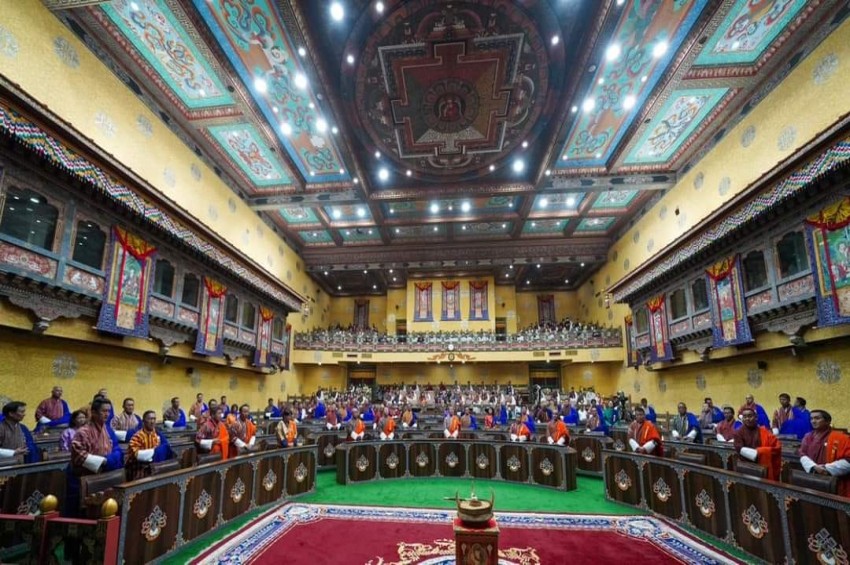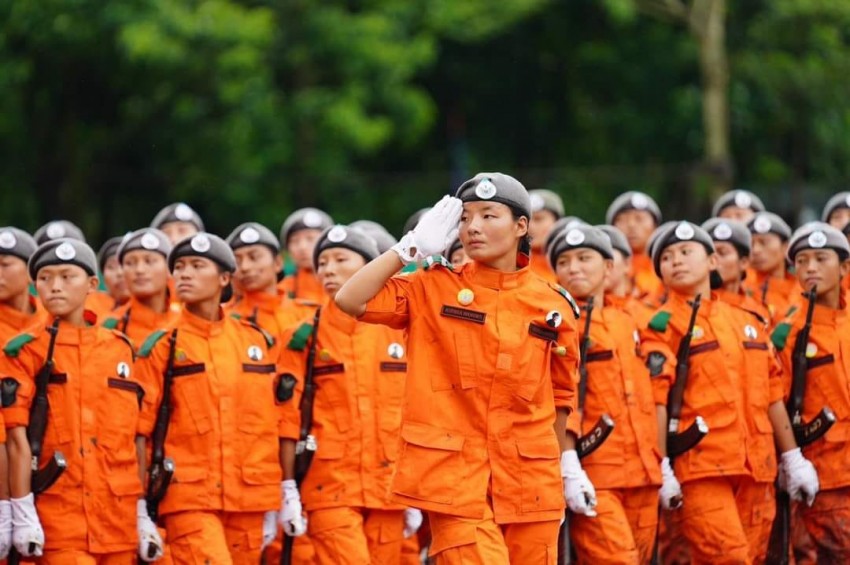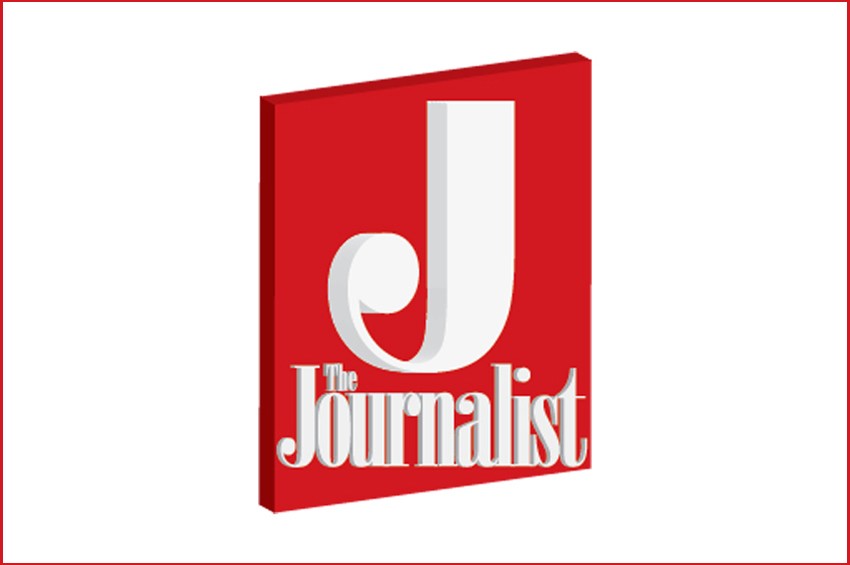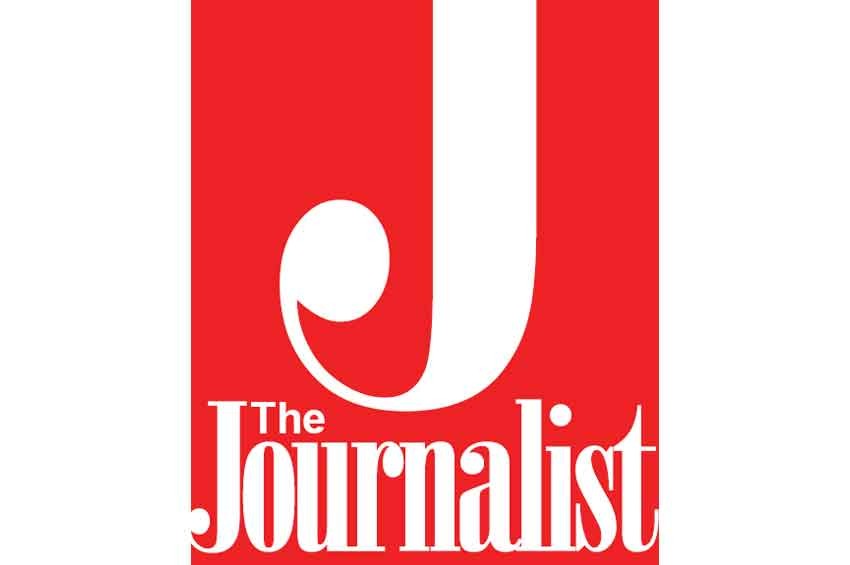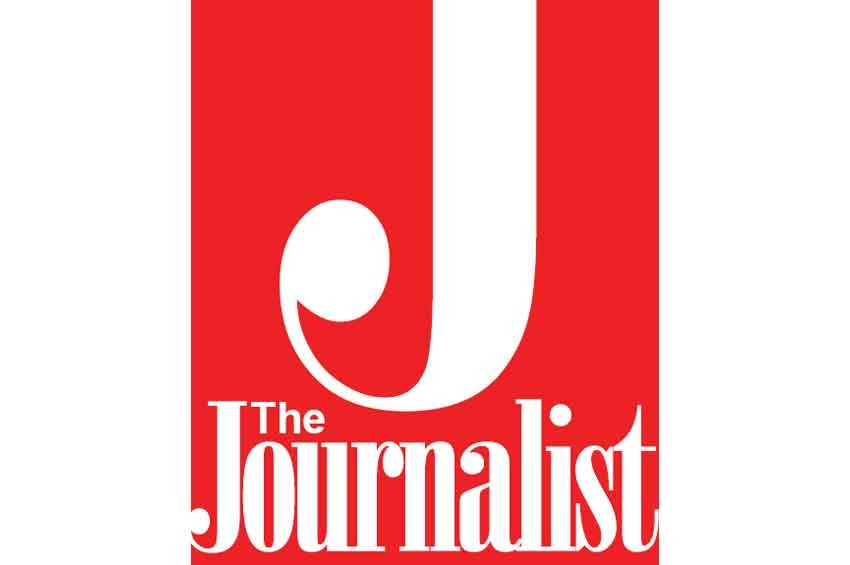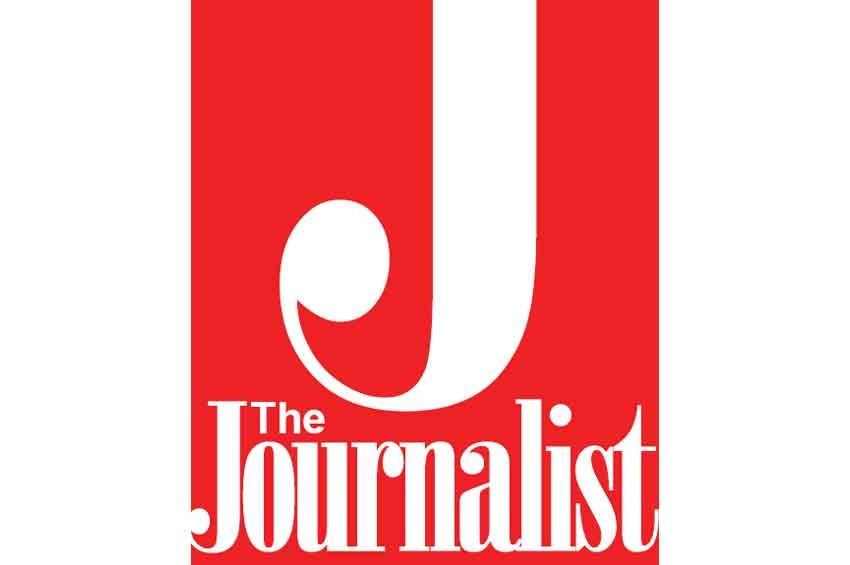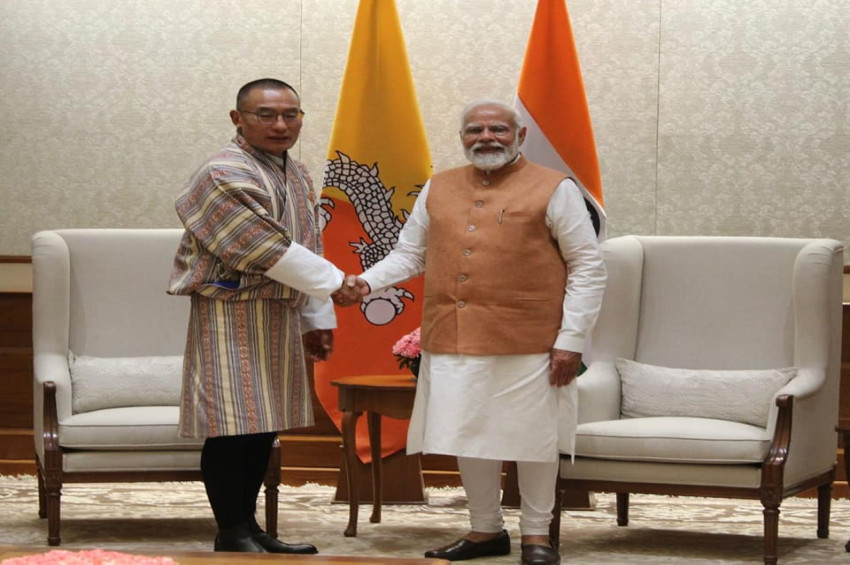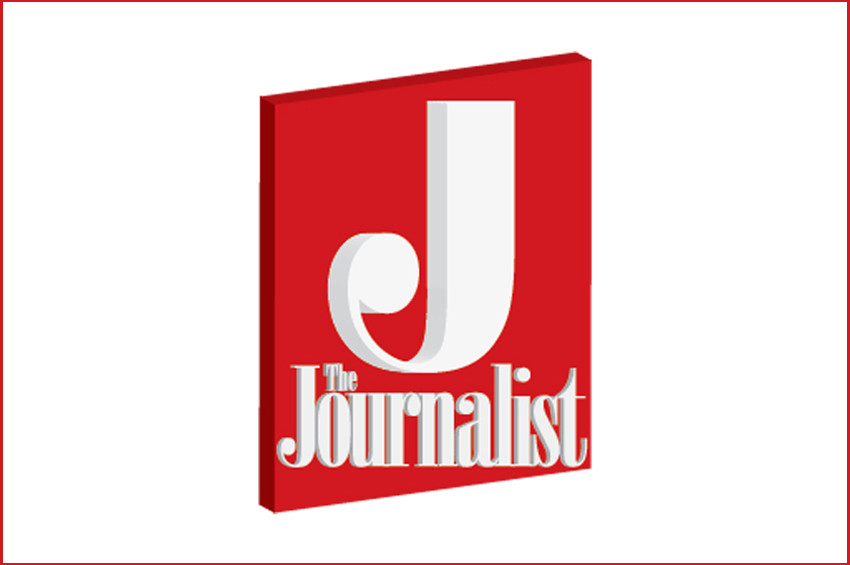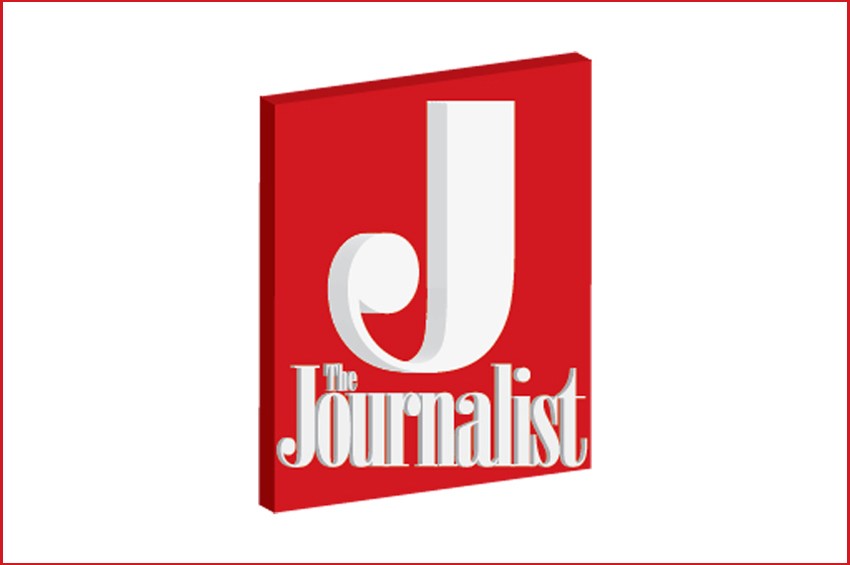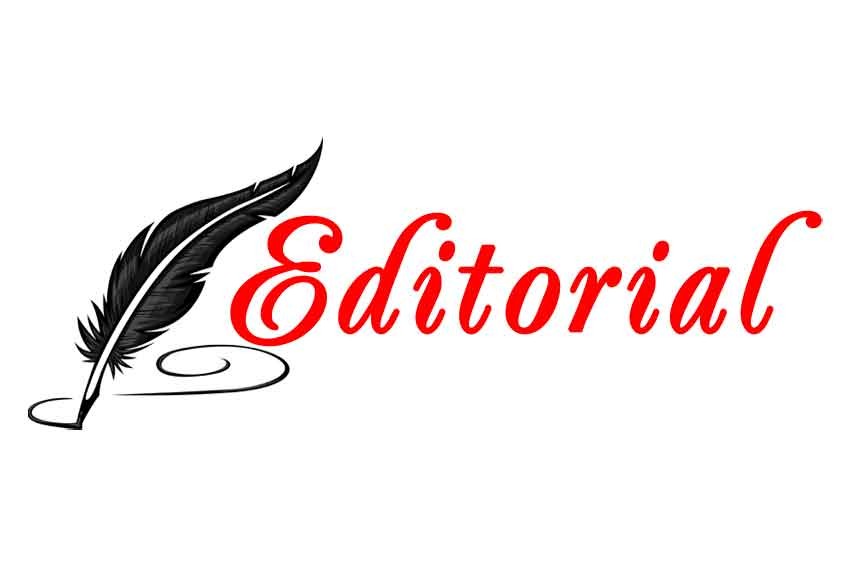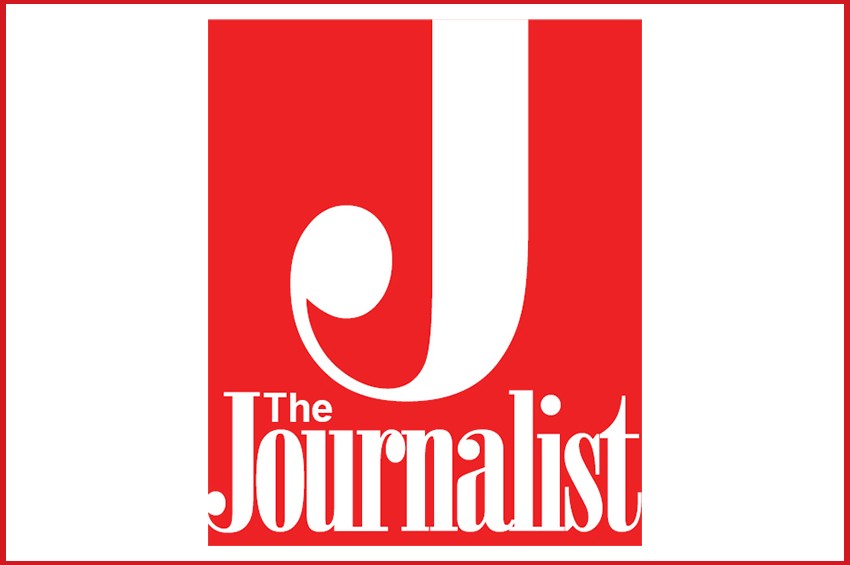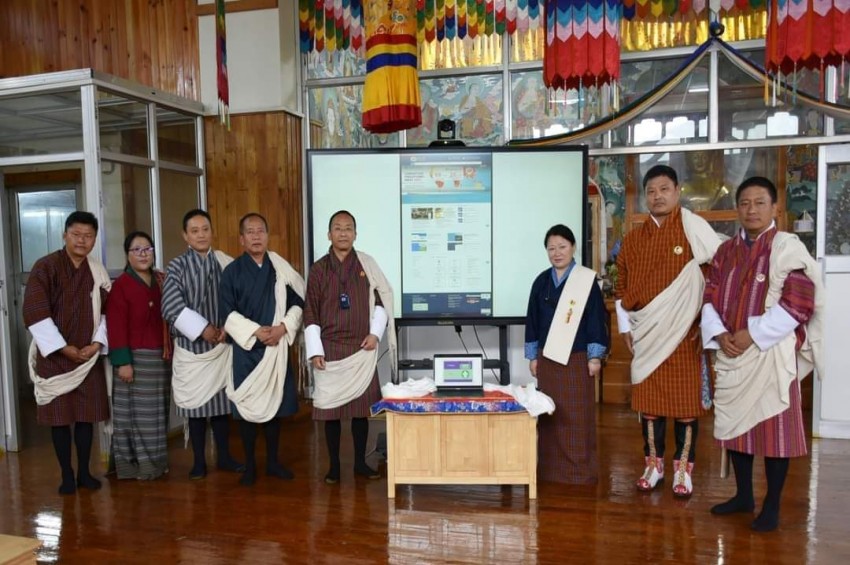According to the draft concept note for the 13th Five Year Plan (2023-2028) that the Gross National Happiness Commission (GNHC) has uploaded on its website, the 13th FYP’s main objective is “A Dynamic, Prosperous, Inclusive and Sustainable Economy in Pursuit of GNH.”
“This is to realize His Majesty’s vision and aspirations for a strong, dynamic, excellent, ambitious, and greater economic prosperity with high-income aspiration,” the concept note says, adding it is to boost economic transformation with enhanced efficiency and productivity, and “to prepare our people/workforce by equipping them with capabilities for the new and future economy (digital, knowledge, skilled, innovative, green, blue, circular, sharing, gig) and to be world ready.”
The concept note has three critical thrusts areas or crosscutting thematic elements supported by enablers and drivers, which are 1a) Governance and Ecosystem Reforms; initiating growth promoting support and direction, creating conducive policy and regulatory environment for business and economic activities to thrive such as by reducing regulatory/administrative burden, improving ease of doing business, reallocation of resources to the most productive sectors/activities, facilitating greater private sector participation and investments and FDI, and providing more equal opportunities and access to services such as education, technology, credits, incentives, permits, licenses, housing and other social support measures among others. “Strengthening institutional set-up for economic and business development will be another key measure,” the concept note says.
The other thrust area is Building Human Capital; Upgrading workforce and transforming human capital that is market oriented and of higher productivity such as by establishing a clear governance structure, by building present/future knowledge and capabilities such as through strong and quality education system right from primary level, industry relevant TVET, digital/4IR literacy and skills, research and development, skilling in innovation and enterprise, and talents creation among others. The third is leveraging Digital Technology; Diffusing and adopting digital/4IR technology to tap vast opportunities that lie ahead such as through policy measures, conducive regulation, and creation of institutions, infrastructure, logistics and capabilities. It also includes ensuring their availability, affordability and accessibility, and promoting digitalization, digital services and digital industries.
The GNHC has mentioned that the three thrusts/thematic elements are to support the type of economy Bhutan aspires for and thus will be the narrative arc connecting all the dots (issues and interdependence) affecting everyone and every sector in the economy. “They are to ensure integrated and non-siloed/non-sectoralized approach and to push for greater systematic and structural reforms and interventions for enhanced economic performance and gains through enablers and drivers. The enablers and drivers together with three thrust areas will make growth engines for which there will be prioritized investments,” the concept note says.
According to the concept note, the thrusts/elements will further drive the interventions implemented through i) Enablers (energy, data & technology, capital & finance, resilient health care)- which provide supporting platforms for economic and development activities to thrive, and ii) Drivers (infrastructure and construction, manufacturing, agriculture, CSI, culture & creative industries)-which have the highest potential to deliver significant growth and development.
Under the enablers and drivers, priority will be given in leveraging low hanging fruits and sectors with comparative advantages (such as agri-food/organic/forestry/bioprospecting products, tourism and hospitality, hydropower, mining, boulders/stones, and other light manufacturing sectors) by harnessing their existing/surplus capacity, by enhancing their manufacturing, trade and marketing share, by building value/supply chain and infrastructure, and enhancing their productivity, diversification and specialization among others for quick and higher returns, and to finance the current economic activities.
Priority will be equally given to investing adequately in and building advanced/future skills, infrastructure and industries among others to venture into sophisticated and complex sectors/products/services (such as in products and services in electro/hydro mechanical areas, in IT/IT enabled industries, space engineering, biotech and other higher value-added products) which are beyond our current capabilities and which will take longer time to realize. Also investing and building capabilities in other areas of new and future economy. This is important for creation of new/future sources of growth and markets, and enhancing our competitiveness. It is said that the main targets under the objective will be high i) GDP growth rate, ii) GNI per capita, and iii) Productive and Employment generation especially in the rural areas. The growth targets will be set annually to provide greater flexibility to the policy makers to adjust growth targets to macroeconomic situations.
The concept paper also consists of Planning Framework & Approach Resource Allocation Framework and Financing Strategy.
Specific reference is mentioned about Bhutan’s challenges, such as drop in GDP, increase in public debt, unemployment and youth unemployment, lack of skills/capabilities, diversification, value addition, opportunities, accountability, plateauing traditional sources of growth, low average productivity and inefficiencies, increasing kidu dependency and corruption, and decreasing aid and assistance.
“At the same time there is policy uncertainty, and the general business and public services ecosystem is plagued by high administrative and opportunity costs, lengthy and myriad procedures and licensing requirements, and large number of permissions/authorizations needed. There also remain uncertain future and challenges such as climate change, pandemic, global population growth and conflicts, and unequal access to knowledge, technology and wealth,” the note says.
The GNHC has mentioned that other economic and governance challenges are attributed to lack of skills/capabilities, diversification, value addition, opportunities, accountability, plateauing traditional sources of growth, low average productivity and inefficiencies, increasing kidu dependency and corruption, and decreasing aid and assistance. At the same time there is policy uncertainty, and the general business and public services ecosystem is plagued by high administrative and opportunity costs, lengthy and myriad procedures and licensing requirements, and large number of permissions/authorizations needed. There also remain uncertain future and challenges such as climate change, pandemic, global population growth and conflicts, and unequal access to knowledge, technology and wealth.
The concept note also says that there are rapid and significant changes in technological advancement and development (digital & 4IR such as blockchain, fintech, quantum computing, artificial intelligence, virtual reality, metaverse, robotics, machine learning, internet of things, web 3.0, nanotech, biotech, genomics) and with it many opportunities. “However, there is low or no knowhow, capabilities and adoption of such technology continues to be a major and persistent concern, with over 115,000 young citizens projected to enter the workforce in the coming decade with the size of the working-age population (15-64) estimated to bulge (615,000) by 2042, and which will decline thereafter,” it says.
“This is to realize His Majesty’s vision and aspirations for a strong, dynamic, excellent, ambitious, and greater economic prosperity with high-income aspiration,” the concept note says, adding it is to boost economic transformation with enhanced efficiency and productivity, and “to prepare our people/workforce by equipping them with capabilities for the new and future economy (digital, knowledge, skilled, innovative, green, blue, circular, sharing, gig) and to be world ready.”
The concept note has three critical thrusts areas or crosscutting thematic elements supported by enablers and drivers, which are 1a) Governance and Ecosystem Reforms; initiating growth promoting support and direction, creating conducive policy and regulatory environment for business and economic activities to thrive such as by reducing regulatory/administrative burden, improving ease of doing business, reallocation of resources to the most productive sectors/activities, facilitating greater private sector participation and investments and FDI, and providing more equal opportunities and access to services such as education, technology, credits, incentives, permits, licenses, housing and other social support measures among others. “Strengthening institutional set-up for economic and business development will be another key measure,” the concept note says.
The other thrust area is Building Human Capital; Upgrading workforce and transforming human capital that is market oriented and of higher productivity such as by establishing a clear governance structure, by building present/future knowledge and capabilities such as through strong and quality education system right from primary level, industry relevant TVET, digital/4IR literacy and skills, research and development, skilling in innovation and enterprise, and talents creation among others. The third is leveraging Digital Technology; Diffusing and adopting digital/4IR technology to tap vast opportunities that lie ahead such as through policy measures, conducive regulation, and creation of institutions, infrastructure, logistics and capabilities. It also includes ensuring their availability, affordability and accessibility, and promoting digitalization, digital services and digital industries.
The GNHC has mentioned that the three thrusts/thematic elements are to support the type of economy Bhutan aspires for and thus will be the narrative arc connecting all the dots (issues and interdependence) affecting everyone and every sector in the economy. “They are to ensure integrated and non-siloed/non-sectoralized approach and to push for greater systematic and structural reforms and interventions for enhanced economic performance and gains through enablers and drivers. The enablers and drivers together with three thrust areas will make growth engines for which there will be prioritized investments,” the concept note says.
According to the concept note, the thrusts/elements will further drive the interventions implemented through i) Enablers (energy, data & technology, capital & finance, resilient health care)- which provide supporting platforms for economic and development activities to thrive, and ii) Drivers (infrastructure and construction, manufacturing, agriculture, CSI, culture & creative industries)-which have the highest potential to deliver significant growth and development.
Under the enablers and drivers, priority will be given in leveraging low hanging fruits and sectors with comparative advantages (such as agri-food/organic/forestry/bioprospecting products, tourism and hospitality, hydropower, mining, boulders/stones, and other light manufacturing sectors) by harnessing their existing/surplus capacity, by enhancing their manufacturing, trade and marketing share, by building value/supply chain and infrastructure, and enhancing their productivity, diversification and specialization among others for quick and higher returns, and to finance the current economic activities.
Priority will be equally given to investing adequately in and building advanced/future skills, infrastructure and industries among others to venture into sophisticated and complex sectors/products/services (such as in products and services in electro/hydro mechanical areas, in IT/IT enabled industries, space engineering, biotech and other higher value-added products) which are beyond our current capabilities and which will take longer time to realize. Also investing and building capabilities in other areas of new and future economy. This is important for creation of new/future sources of growth and markets, and enhancing our competitiveness. It is said that the main targets under the objective will be high i) GDP growth rate, ii) GNI per capita, and iii) Productive and Employment generation especially in the rural areas. The growth targets will be set annually to provide greater flexibility to the policy makers to adjust growth targets to macroeconomic situations.
The concept paper also consists of Planning Framework & Approach Resource Allocation Framework and Financing Strategy.
Specific reference is mentioned about Bhutan’s challenges, such as drop in GDP, increase in public debt, unemployment and youth unemployment, lack of skills/capabilities, diversification, value addition, opportunities, accountability, plateauing traditional sources of growth, low average productivity and inefficiencies, increasing kidu dependency and corruption, and decreasing aid and assistance.
“At the same time there is policy uncertainty, and the general business and public services ecosystem is plagued by high administrative and opportunity costs, lengthy and myriad procedures and licensing requirements, and large number of permissions/authorizations needed. There also remain uncertain future and challenges such as climate change, pandemic, global population growth and conflicts, and unequal access to knowledge, technology and wealth,” the note says.
The GNHC has mentioned that other economic and governance challenges are attributed to lack of skills/capabilities, diversification, value addition, opportunities, accountability, plateauing traditional sources of growth, low average productivity and inefficiencies, increasing kidu dependency and corruption, and decreasing aid and assistance. At the same time there is policy uncertainty, and the general business and public services ecosystem is plagued by high administrative and opportunity costs, lengthy and myriad procedures and licensing requirements, and large number of permissions/authorizations needed. There also remain uncertain future and challenges such as climate change, pandemic, global population growth and conflicts, and unequal access to knowledge, technology and wealth.
The concept note also says that there are rapid and significant changes in technological advancement and development (digital & 4IR such as blockchain, fintech, quantum computing, artificial intelligence, virtual reality, metaverse, robotics, machine learning, internet of things, web 3.0, nanotech, biotech, genomics) and with it many opportunities. “However, there is low or no knowhow, capabilities and adoption of such technology continues to be a major and persistent concern, with over 115,000 young citizens projected to enter the workforce in the coming decade with the size of the working-age population (15-64) estimated to bulge (615,000) by 2042, and which will decline thereafter,” it says.

